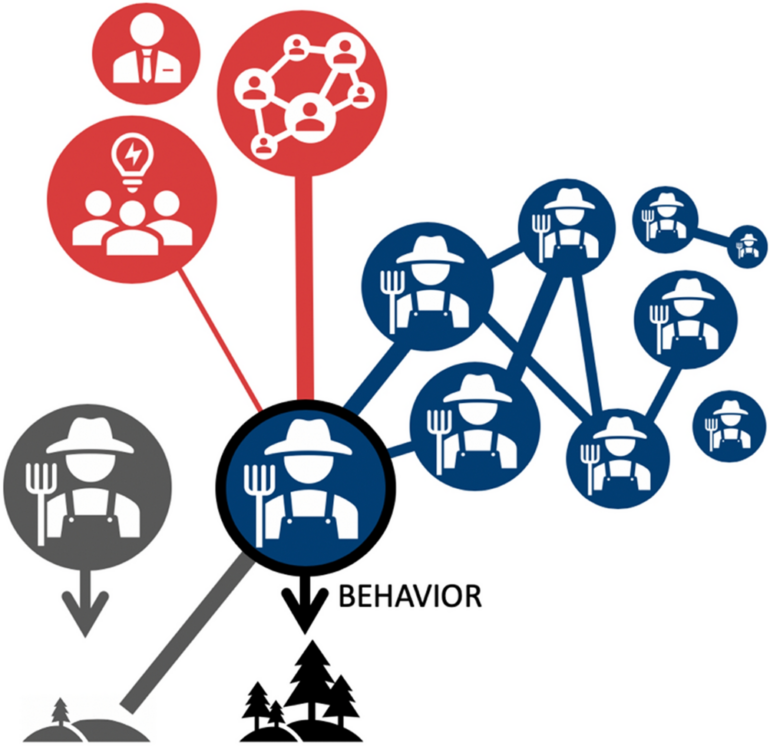Think about the terms you use and why you started using them. Do you describe circular traffic patterns as “roundabouts,” “traffic circles” or “rotaries?” Is your beverage preference called “pop,” “soda” or “coke?” Do you wear “sneakers,” “tennis shoes,” or “gym shoes?”
Knowing how and why people choose to adopt something new—be it a new language, ideas, behaviors or technology—is key to understanding how culture evolves, according to a new University of Michigan study.
Social scientists across many disciplines have studied this topic for decades and have found a few reasons. On one hand, culture is relational: If you’re from Chicago, you may call it gym shoes because, growing up, everyone around you also called it gym shoes. But culture is often also a signal of our identity: A Chicagoan may continue to say gym shoes even after moving to the heart of tennis-shoe country, as a subtle way of expressing their hometown pride.
Another fact about culture is that it’s often adopted regionally. For instance, “sneakers” is mainly used by people in New England and parts of Florida.
In a study published in npj Complexity, relationships and identity both help explain where certain terms are adopted in this country, said study lead author Aparna Ananthasubramaniam, U-M doctoral student in information and social work.
But where it gets interesting is that relationships and identity play different roles in urban and rural areas: Words tend to spread between urban areas when people copy their friends. On the other hand, words spread between rural areas when people use them to signal a shared identity.
Although language change has been studied for a long time, studies like these were only made possible recently. For a while, the main sources of data on language change were observational or survey-based studies.
“Thanks to social media, there is an abundance of data showing how people all across the country talk online,” Ananthasubramaniam said.
Ananthasubramaniam and co-authors David Jurgens and Daniel Romero, both associate professors of information, found 76 examples of innovative language that became popular on X—words like birbs, fleeky, Ubering and Demorat.
They mapped out the pathways that these words took as they diffused through the U.S. They then built a mathematical model of how language spreads and used it to test whether the spread of these new words was best explained by each X user’s relationships or identity.
The study doesn’t explain why there are urban/rural differences. Researchers speculate that it may be related to a greater preference for and exposure to diversity in urban areas.
More information:
Aparna Ananthasubramaniam et al, Networks and identity drive the spatial diffusion of linguistic innovation in urban and rural areas, npj Complexity (2024). DOI: 10.1038/s44260-024-00009-9
Provided by
University of Michigan
Citation:
Social connections and local identities found to influence how language spreads in different areas (2024, September 13)



